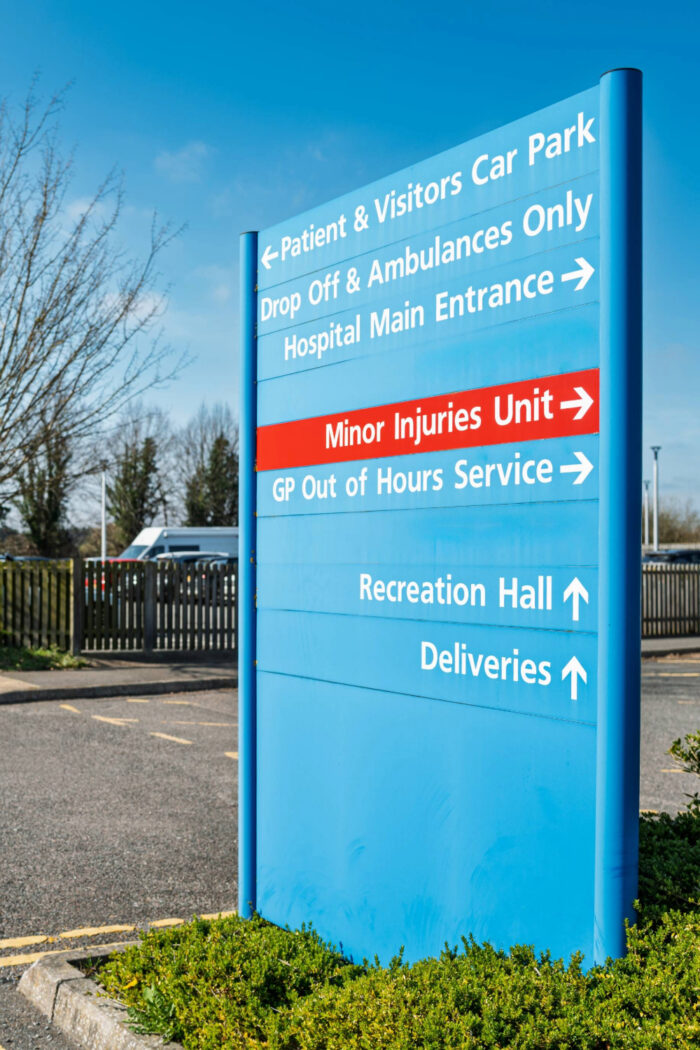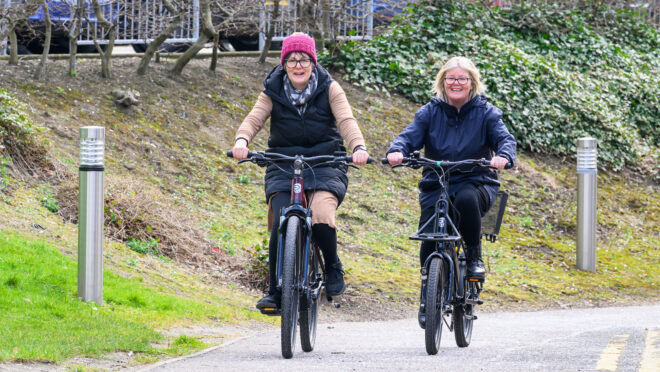For many across Scotland, the National Health Service is a source of national pride – offering care from cradle to grave, regardless of individual circumstances. Yet, in practice, access to healthcare is not always equal. People living in rural communities, deprived areas, or those without reliable or affordable transport options often face serious barriers in reaching essential services. For too many, a simple hospital visit can mean unaffordable taxi fares, exhausting journeys with multiple transfers, or worse – missed appointments altogether.
At SEStran, we recognise that equitable access to healthcare doesn’t start at the clinic door. It begins with the journey. When people cannot physically reach their GP, hospital, or specialist appointment, health outcomes decline, and NHS resources are wasted. Missed appointments cost the system and compromise individual wellbeing.
Our commitment to improving transport to health stems from our recognition of the importance of these challenges. The journey began over seven years ago when one of our team members, working with the Community Transport Association, saw first hand how local transport operators were already improving health outcomes despite being chronically underfunded. Since then, we’ve seen the impact of accessible, sustainable transport on public health grow clearer and more urgent.
To help us better understand transport to health issues, we’ve carried out a literature review to provide an overview of the evidence and policy context in the SEStran region. The review will feed into the intended development of a SEStran Transport to Health Strategy Case for Change in 2025/26.
Read our Transport to Health Literature Review


 Get involved
Get involved

